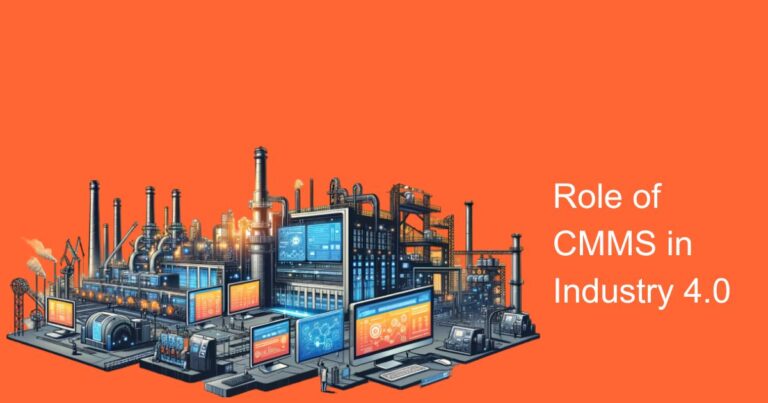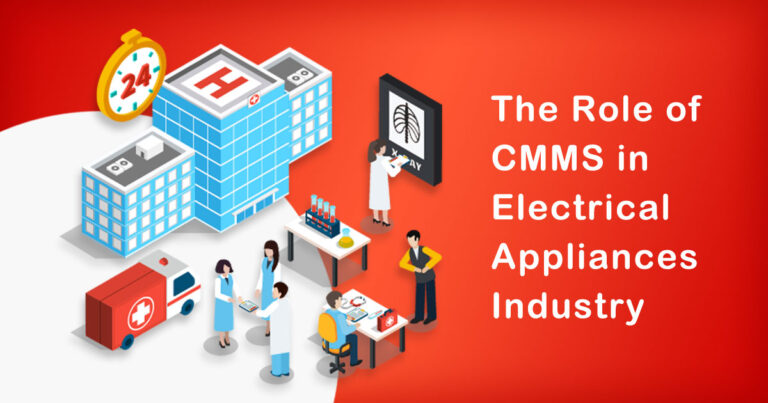In today’s industrial and manufacturing world, safety compliance is of utmost importance. A workplace that is safe for employees ensures a high level of productivity and efficiency. However, ensuring safety compliance is a challenging task that requires effective management and tracking. Computerized Maintenance Management System (CMMS) is an essential tool that plays a crucial role in safety compliance.
What is CMMS?
CMMS is a software system designed to track and manage maintenance operations of an organization. It is used to schedule and manage preventive maintenance, manage work orders, track inventory, manage assets and resources, and generate reports. CMMS software provides an organized and streamlined approach to maintenance management that allows for quick response and effective tracking of maintenance needs.
The Role of CMMS in Safety Compliance
One of the most significant benefits of CMMS is its ability to enhance safety compliance. The following are some of the ways in which CMMS helps achieve safety compliance:
1. Asset Tracking:
CMMS software enables organizations to track their assets and equipment. By recording equipment-specific details such as maintenance schedules, calibration dates, and safety checks, CMMS software ensures that equipment is always up-to-date and safe to operate. This helps prevent equipment failure, which can result in accidents and injuries.
2. Preventive Maintenance:
CMMS software provides the ability to schedule and manage preventive maintenance tasks, ensuring that all maintenance tasks are performed on time. Preventive maintenance tasks help identify and correct safety issues before they result in accidents or injuries. Regular inspection of safety equipment, such as fire extinguishers, sprinkler systems, and emergency lighting, is crucial to ensure their proper function during emergencies.
3. Work Order Management:
CMMS software streamlines work order management by providing a centralized platform to receive, prioritize, and assign tasks. This makes it easy to assign tasks based on priority, ensuring that urgent safety-related tasks are addressed promptly.
4. Inventory Management:
CMMS software allows for effective management of inventory levels, ensuring that safety-related equipment, such as personal protective equipment (PPE), is always in stock. This ensures that employees have the necessary safety gear to perform their duties safely.
5. Data Collection and Analysis:
CMMS software allows for the collection and analysis of data related to maintenance activities and safety compliance. This data can be used to identify trends and patterns, enabling organizations to improve safety procedures continually.
Conclusion
In conclusion, safety compliance is a critical aspect of any organization that prioritizes its employees’ well-being. A CMMS system plays a crucial role in ensuring safety compliance by tracking and managing maintenance operations, scheduling and managing preventive maintenance tasks, managing work orders, tracking inventory, and analyzing data related to safety compliance. Implementing a CMMS system is an essential step in ensuring safety compliance and maintaining a safe workplace.








